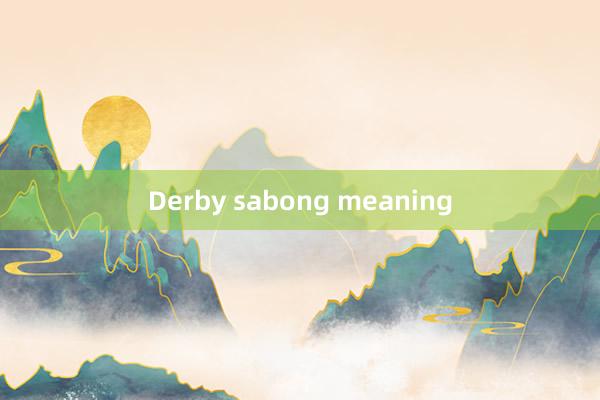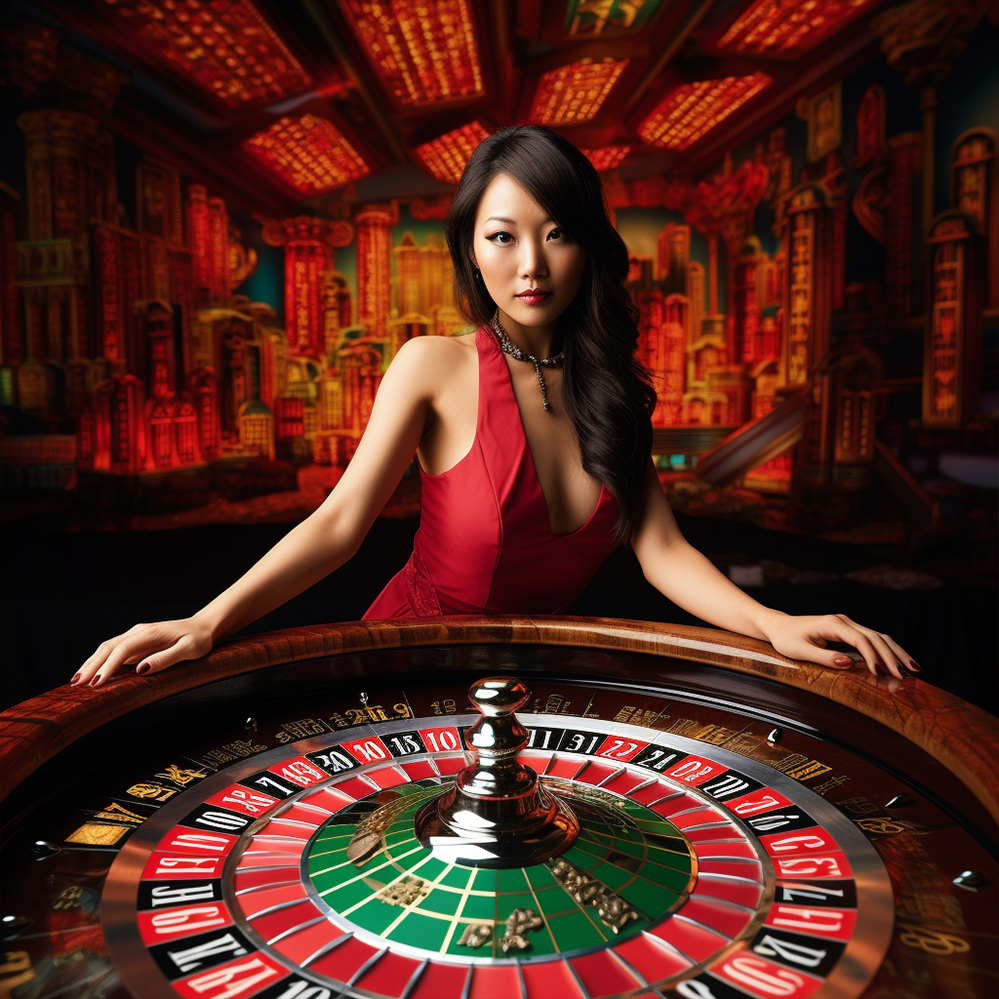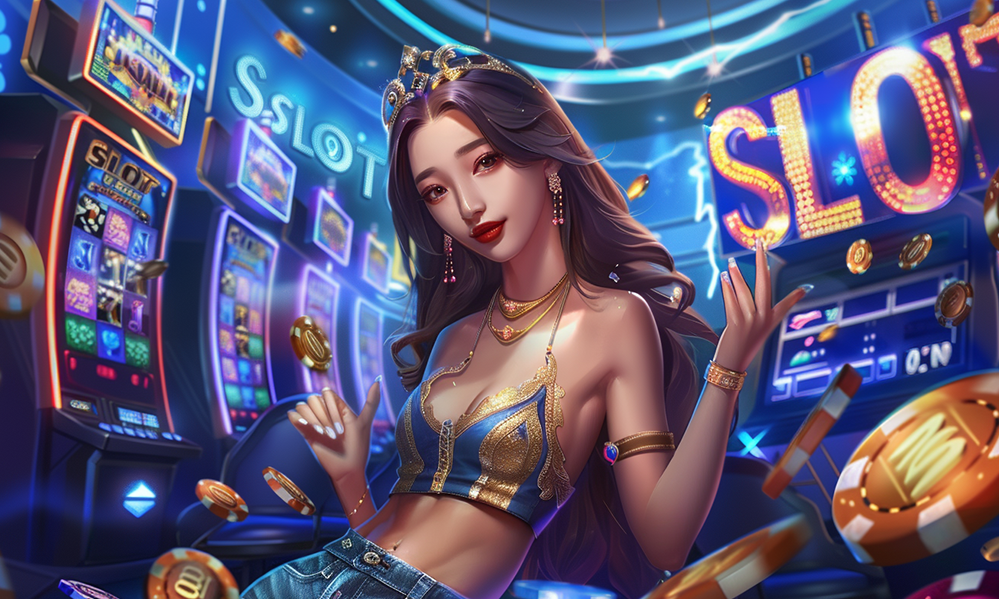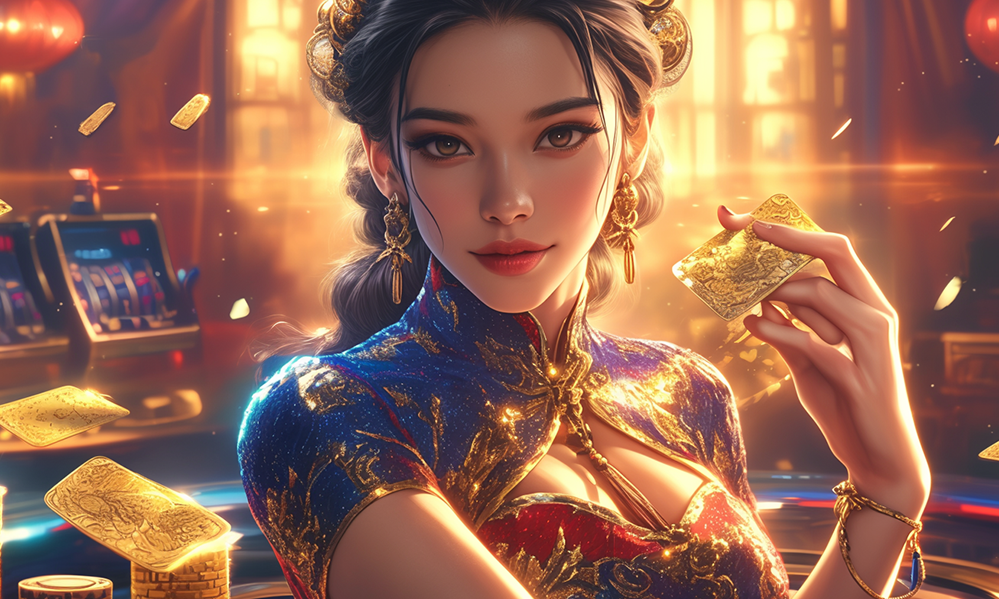
Understanding Derby Sabong: Meaning and Cultural Significance
Sabong, or cockfighting, is a deeply rooted tradition in the Philippines, dating back centuries. While its practice is widespread throughout the country, the term "Derby Sabong" carries a specific connotation within this culture. It refers to a high-stakes, organized form of cockfighting where multiple breeders compete, often involving significant financial bets and a great deal of fanfare. But what exactly does "Derby Sabong" mean, and why does it hold such significance in Filipino culture?
The Origins of Sabong
Before diving into the concept of Derby Sabong, it's important to understand the history of sabong itself. Cockfighting has been practiced for over 3,000 years, with its roots tracing back to ancient times in various regions, including Southeast Asia, Persia, and parts of Europe. In the Philippines, sabong was introduced long before the arrival of Spanish colonizers, making it a well-established cultural practice. The sport became a favorite pastime for Filipinos, transcending social classes—from farmers to the elite. Over time, it evolved into a formalized event with specific rules and guidelines, leading to the development of Derby Sabong.
What is Derby Sabong?
In simple terms, a Derby Sabong is an organized cockfighting tournament. Unlike regular, smaller-scale sabong events, a derby involves multiple matches over a specific period, with participants aiming to have their gamecocks win a series of fights. Each participating breeder or handler enters their finest roosters, which are typically the result of years of selective breeding and training. The goal is to have a champion rooster, Royale777 or "winningest" gamecock, sexx ba bau that can endure and triumph in several matches.
Derby sabong is usually hosted by licensed cockpits (cockfighting arenas),Mega ace jili and the events are often scheduled well in advance. There is a lot at stake—not just in terms of prize money but also the reputation of the breeders and the bloodlines of their roosters. Winning a derby can enhance a breeder's standing in the community and increase the demand for their birds in future competitions.
The Structure of a Derby
The structure of a Derby Sabong typically revolves around a set number of entries—the roosters that will compete. The event often follows a round-robin or elimination format, where pairs of roosters face off in consecutive battles. A derby can last several days, depending on the number of entries and matches scheduled.
Each rooster, or “gamecock,” is fitted with a sharp blade, called a gaff, on one of its legs. This weapon is used during the fight, and the outcome is usually quick, with one rooster emerging victorious, while the other may be severely injured or killed.
The length of each match can vary, but most fights are over within a few minutes. The success of a breeder's rooster in the derby depends on factors such as its strength, agility, and fighting spirit, as well as the breeder's ability to select and train a competitive bird.
The Role of Betting in Derby Sabong
One of the defining characteristics of Derby Sabong is the element of betting. For many spectators, betting is an integral part of the experience. Wagers are placed not only by those in attendance but also by individuals following the event remotely. The amount of money involved can range from modest bets to large sums, with some derbies offering substantial prize pools for the winning roosters.
There are several types of bets in a derby, including:
go88 live- Tama: Betting on the favored rooster to win.
- Dehado: Betting on the underdog or less favored rooster.
- Draw or Split: When the fight ends in a draw, bets may be split.
Betting in sabong, especially at the derby level, has a long history in the Philippines. While many enjoy the thrill of wagering, it has also led to concerns about gambling addiction and the impact on local communities. However, proponents argue that the sport's betting culture is a key element that adds excitement and drama to the event.
Cultural Importance of Derby Sabong
Beyond the financial stakes and the competition, Derby Sabong holds a special place in Filipino culture. It is more than just a sport; it is a social event that brings together people from different walks of life. In rural areas, it serves as a communal gathering where locals come to watch, socialize, and participate in a shared tradition.
For many breeders, sabong is a source of pride. The ability to breed and train a champion rooster is seen as a skill passed down through generations. Breeders often come from families that have been involved in the sport for decades, and maintaining a winning bloodline is a matter of great honor.
Moreover, Derby Sabong has become a symbol of Filipino resilience and competitiveness. It showcases the importance of preparation, strategy, and determination, values that resonate deeply with the Filipino spirit. Despite the controversy that sometimes surrounds cockfighting, particularly from animal rights perspectives, its cultural significance remains undeniable.
Conclusion
Derby Sabong represents more than just a high-stakes cockfighting competition; it is a reflection of Filipino heritage and values. The sport, with its deep historical roots and complex cultural role, continues to thrive in the Philippines. For participants, breeders, and fans alike, Derby Sabong is a source of pride, entertainment, and social connection. Whether one views it from the perspective of tradition, sport, or livelihood, there’s no denying its lasting influence on Filipino society.
Super Ace casino loginwww.wkmmfm.com








